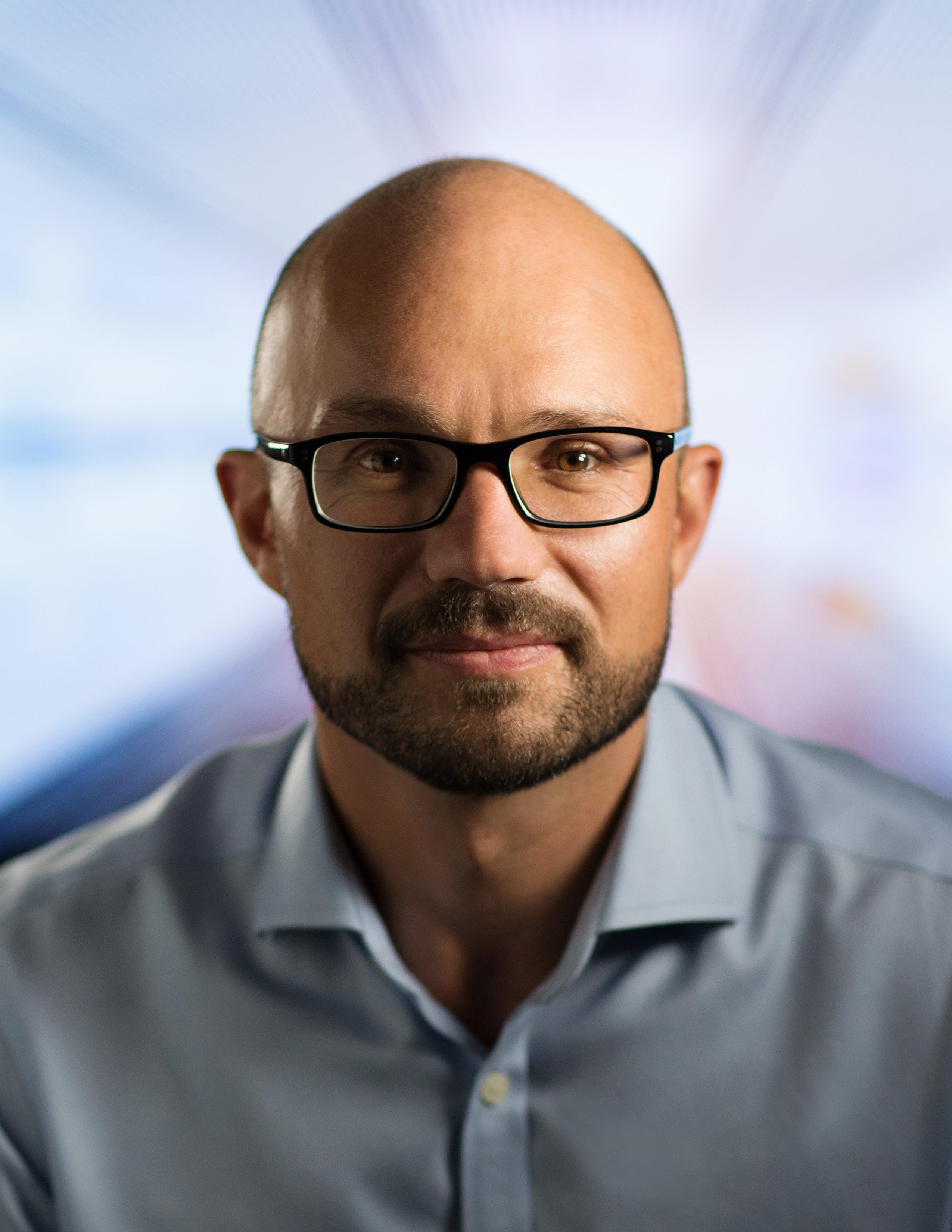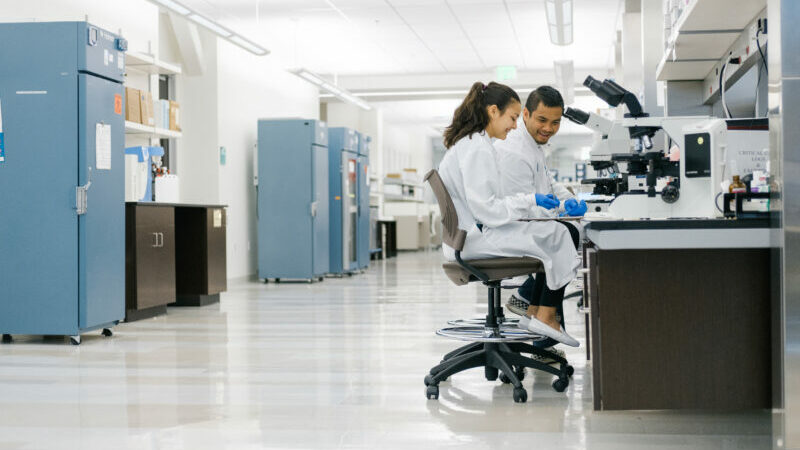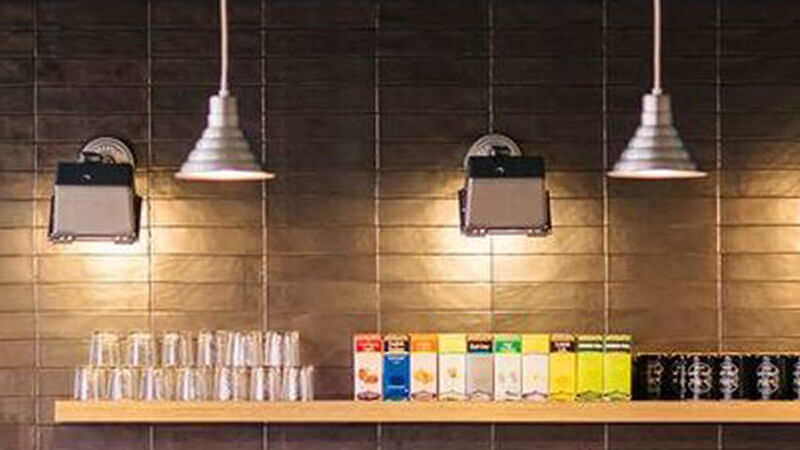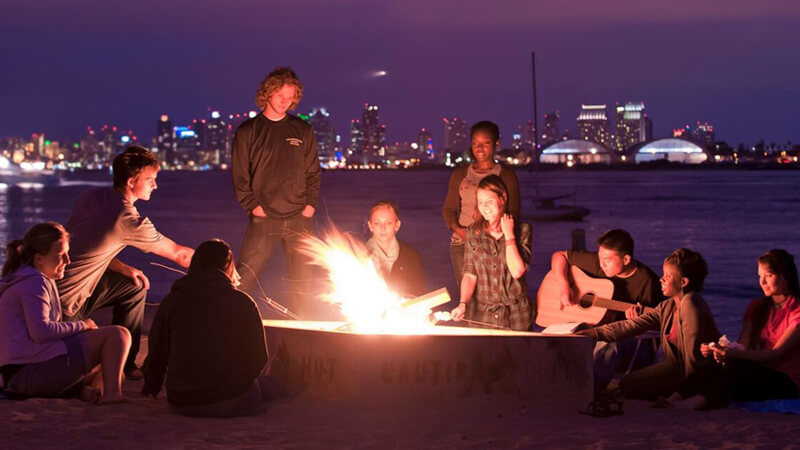Q&A with Matt Cole Pt. 2
Jan 12, 2018 -

Welcome to Part Two of our chat with Cubic Transportation Systems (CTS) President, Matt Cole. In Part One of the Q&A, Matt told us what brought him from the U.K. to sunny San Diego, his favorite part about his job, his morning routine and his weekend hobbies. Read on to learn what advice Matt has for young professionals and what he predicts about the future of the transportation industry.
Q: What’s your favorite food/bev spot in San Diego? What’s your order?
A: There are so many good restaurants in San Diego that we tend to go to different places often. On our first trip to San Diego my wife and I had king crabs legs at Crab Catcher and that’s still a tradition we continue to honor now that we live here. We enjoy tapas at Costa Brava in Pacific Beach and often take visitors to Jake’s Del Mar. If we are headed downtown then Blue Point Coastal Cuisine is a regular, and if eating out with the kids the first choice is the Corvette Diner in Liberty Station.
Q: What’s the best kept secret in San Diego?
A: Without question, the people. San Diego has been a really easy place to make home thanks to how welcoming the people are here. This has meant that my wife has built an extensive and supportive group of friends, which is really meaningful to both of us given that she does so much to support me during the week, and I, particularly through my involvement with EDC, have been able to meet and get to know a really great group of business people doing some remarkable things here in San Diego.
Q: What advice would you give young professionals looking to grow in their career here?
A: Do not be afraid of taking on a risk or challenge and find an organization whose culture fits with your personality. These have been the two things that have accelerated my career with Cubic. Each major transition in my career was caused by my proactively taking on a challenge – or a risk – and succeeding and then being rewarded with greater responsibility and challenge. In Cubic I found a supportive culture which made me feel comfortable doing this and one where I could be myself yet also fit in and be part of a team.
Q: What are some of Cubic’s recent accomplishments?
A: CTS is at an especially exciting time in our history and, really, in the world’s history as the most densely populated cities tackle congestion and how to become smart cities. In October we were awarded a contract for New York’s next-generation fare payment system which will replace our original MetroCard system of nearly three decades of service with new technology. This will let customers pay with bank cards and mobile phones that they can tap on the subway gates or bus readers instead of swiping a magnetic-stripe ticket.
In November we were awarded a similar contract for the Boston public transit system. Together these contracts are valued at more than $1 billion, including the services we will continue to provide once the payment systems are rolled out, and each contract has options that will likely see the combined value exceed $2 billion. These two contracts are in addition to nearly $800 million of orders placed with CTS during our financial year ending September 30, 2017.
Q: What’s ahead for Cubic and the transportation industry?
A: Our future will be fueled by the momentum of this order intake, our next-gen technology and our NextCity vision, which imagines how a multimodal region can be integrated through a common transportation payment system and predictive, personalized journeys are created for individuals, while the same tools are utilized by regional authorities to optimize the transportation network as a whole.
In my opinion, the future of transportation will see a world where major corridors are dominated by large autonomous transit vehicles such as commuter rail or bus rapid transit where we will be able to create and aggregate ridership density. Similarly in urban areas, mobility will be supplied by autonomous buses – both fixed route and on demand – to aggregate density of directional travel and a balance of autonomous on-demand shared transporter pods, as well as more active transportation (walking, cycling etc.). In suburban areas we will see autonomous transporter pods (both owned and shared) being dominant because these suburban areas are where it is harder to aggregate density and direction of travel and these types of vehicles offer the best option in the future for taking individuals, or small groups, from their homes to the corridor (or vice versa) where they can transfer onto higher density services.
We are hard at work building out the underlying payment and information systems for this future in many cities around the world. It’s a very exciting time to be at the intersection of technology and transportation, and I’m very passionate about what we do.
Q: What makes you excited about San Diego’s role in the tech industry?
A: I believe that the opportunity for collaboration between the organizations in this region is immense. For example, earlier I mentioned how the future of transportation might look in a shared, electric and autonomous world. This is something that each of Qualcomm, SDG&E, UCSD and Cubic are working on. I’m working with San Diego Regional EDC to try to pull together a workshop of organizations in San Diego to not only advance our combined business interests but also to see how we can help the future of transportation right here in San Diego.
Thank you for chatting with us, Matt. We’re looking forward to seeing what big things 2018 has in store for CTS.


